SUSHI CHO (스시조)
2.3Km 2021-03-29
106, Sogong-ro, Jung-gu, Seoul
+82-2-317-0373
This store was selected for the Michelin Guide Seoul 2021. This Japanese (cuisine) restaurant is located in Jung-gu, Seoul. The most famous menu is sushi.
Maeumeul Damanaemyeon (마음을담아내면)
2.3Km 2021-03-19
79, Yulgok-ro 3-gil, Jongno-gu, Seoul
+82-2-732-7768
This is a Korean cuisine located in Jongno, Seoul. Also well-known for steak and stir-fried ingredients over rice. The best menu at this restaurant is noodles.
Italyjae (이태리재)
2.3Km 2017-02-01
74-9, Yulgok-ro 1-gil, Jongno-gu, Seoul
Itaejae, located in a refined side street in Sogyeok-dong, offers authentic traditional Venetian-style Italian cuisine at a reasonable price.
Uniqlo - Gwanghwamun D Tower Branch [Tax Refund Shop] (유니클로 광화문D타워)
2.3Km 2024-04-17
17, Jong-ro 3-gil, Jongno-gu, Seoul
-
Hwangudan Altar (환구단)
2.3Km 2020-05-07
112, Sogong-ro, Jung-gu, Seoul
+82-2-3396-5842
Hwangudan Altar, also called Hwandan Altar, refers to an altar complex for the rite of heaven. The rites were first performed in the Goryeo dynasty by King Seongjong in the first month of 983 (2nd year of his reign), but was repeatedly adopted and abolished, and eventually stopped at the start of the Joseon dynasty.
Then in 1456 (2nd year of King Sejo), the practice was temporarily standardized and the rites were performed at Hwangudan Altar again in 1457. However, rites were again abolished in 1464 (10th year of King Sejo). It wasn’t until 1897 (34th year of King Gojong) when the Joseon dynasty was renamed as the Korean Empire and King Gojong ascended to emperor, that the rite was revived.
Now, Hwangungu Shrine and three stone drums stand at the location of the former altar complex. The three stone drums symbolize the instruments used for the rites. The shrine was completed in 1899, two years after the altar was started in 1897. Today, the Hwangungu Shrine still stands within the hotel grounds of the Westin Chosun Hotel.
Daraenamu Tree in Changdeokgung Palace (창덕궁 다래나무)
2.3Km 2020-01-30
99, Yulgok-ro, Jongno-gu, Seoul
+82-2-3668-2300
Daraenamu Tree in Changdeokgung Palace is estimated to be 600 years old, meaning it had likely been planted before the palace was built. The tree stands 19m in x_height, and has six separate trunks sprawling in all directions. It is the biggest and the oldest in Korea. It is designated and protected as a National Natural Monument.
Cheonggye Pharmacy - Cheonggyecheon Branch [Tax Refund Shop] (청계약국 청계천)
2.3Km 2024-04-17
14, Cheonggyecheon-ro, Jung-gu, Seoul
-
Namsan Cable Car (남산 케이블카)
2.3Km 2024-10-25
83 Sopa-ro, Jung-gu, Seoul
+82-2-753-2403
Namsan Cable Car provides a panoramic view of downtown Seoul. The cable car has been in operation for over 40 years, taking tourists and residents alike to Namsan Seoul Tower, one of the most representative tourist attractions in the city.
Bank of Korea Money Museum (한국은행 화폐박물관)
2.3Km 2018-10-25
39, Namdaemun-ro, Jung-gu, Seoul
The Bank of Korea Money Museum introduces the history of the currency culture home and abroad through the history and documents related to the Bank of Korea. The museum is not just a cultural space, but also a great place for hands-on education. Exhibitions explain the minting process and the recognition of counterfeits as well as displaying systematic research documents on money and the state economy.
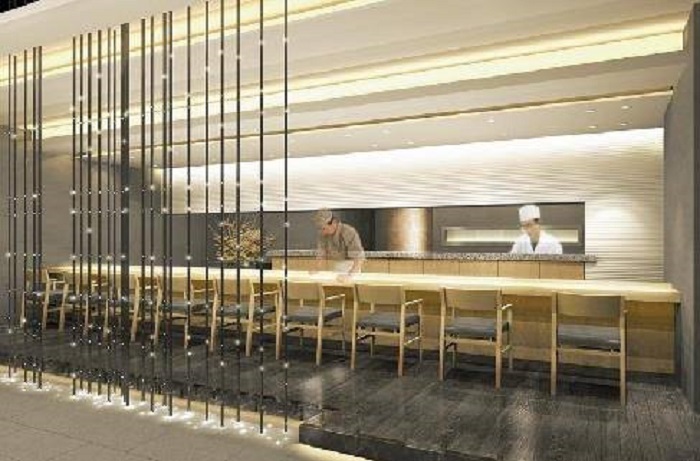
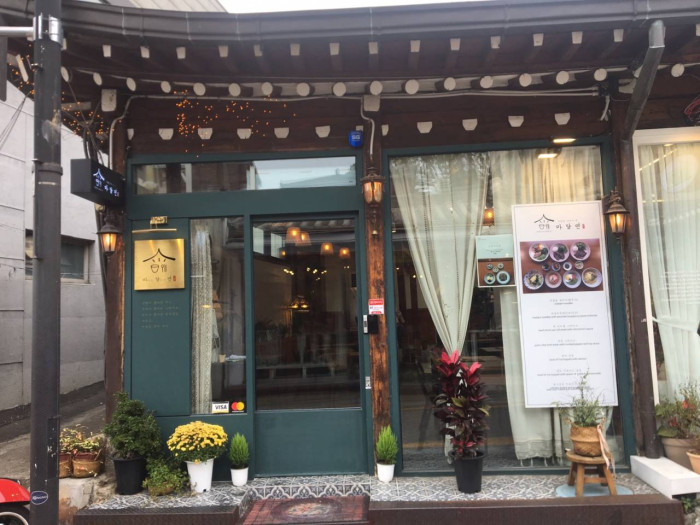
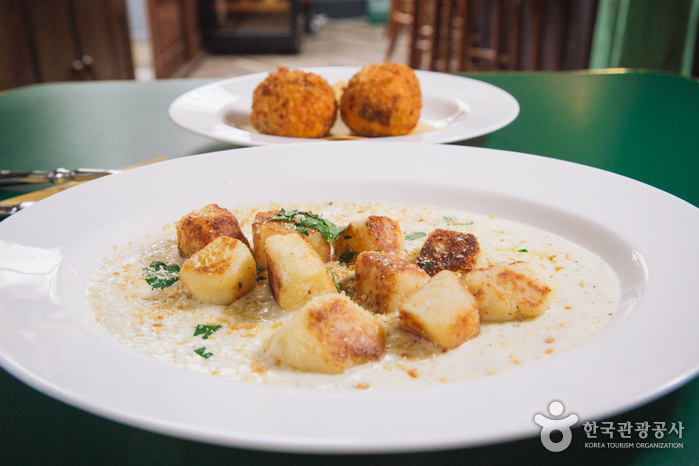

![Uniqlo - Gwanghwamun D Tower Branch [Tax Refund Shop] (유니클로 광화문D타워)](http://tong.visitkorea.or.kr/cms/resource/15/2878215_image2_1.jpg)
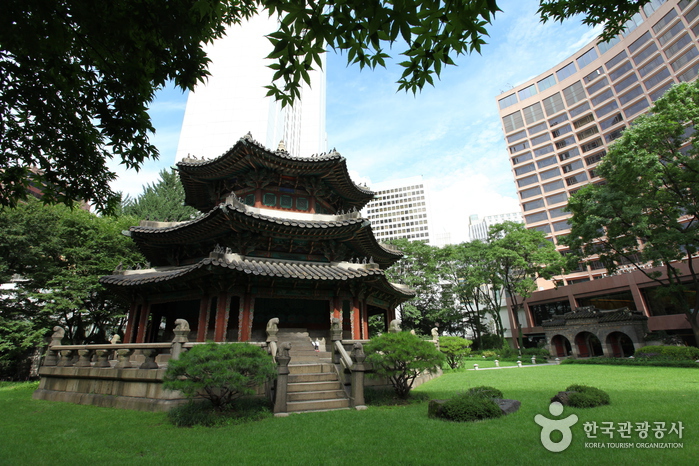
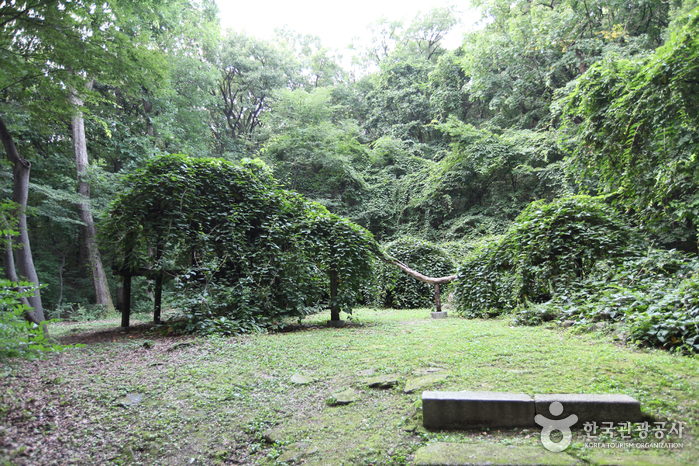
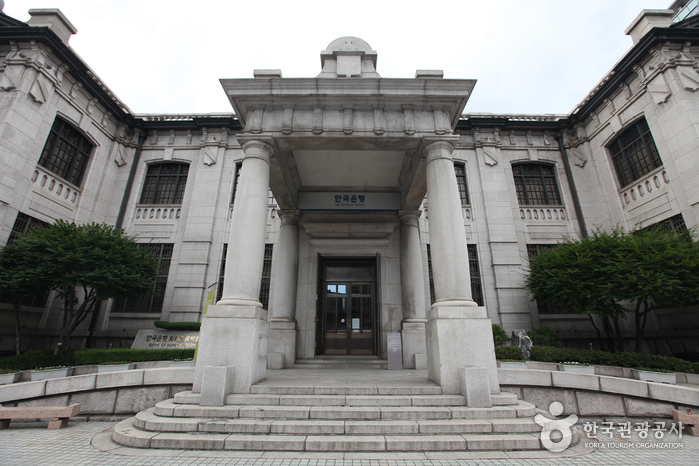
 English
English
 한국어
한국어 日本語
日本語 中文(简体)
中文(简体) Deutsch
Deutsch Français
Français Español
Español Русский
Русский